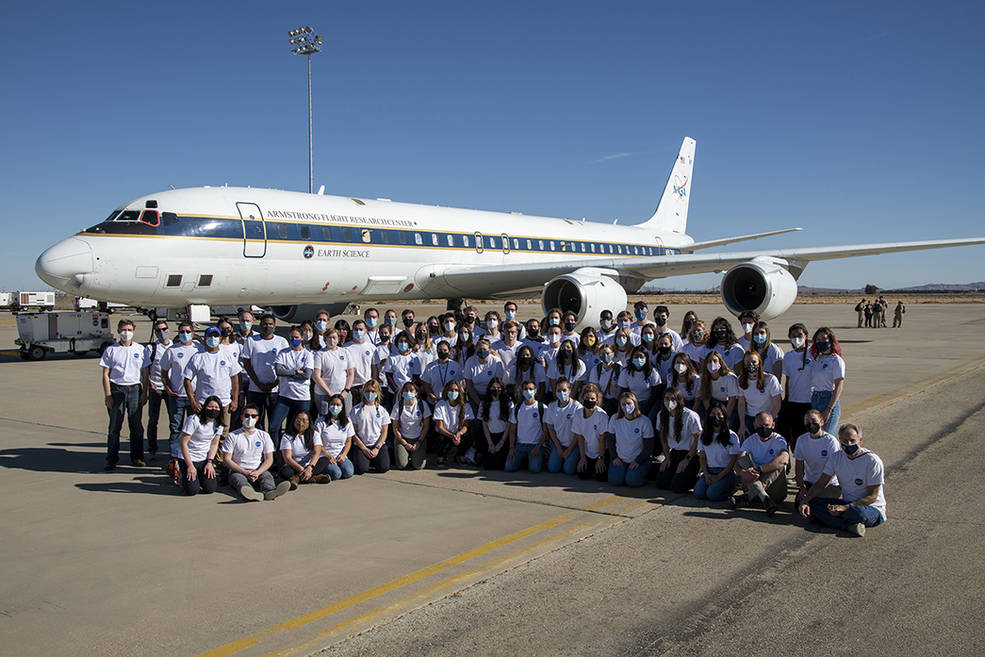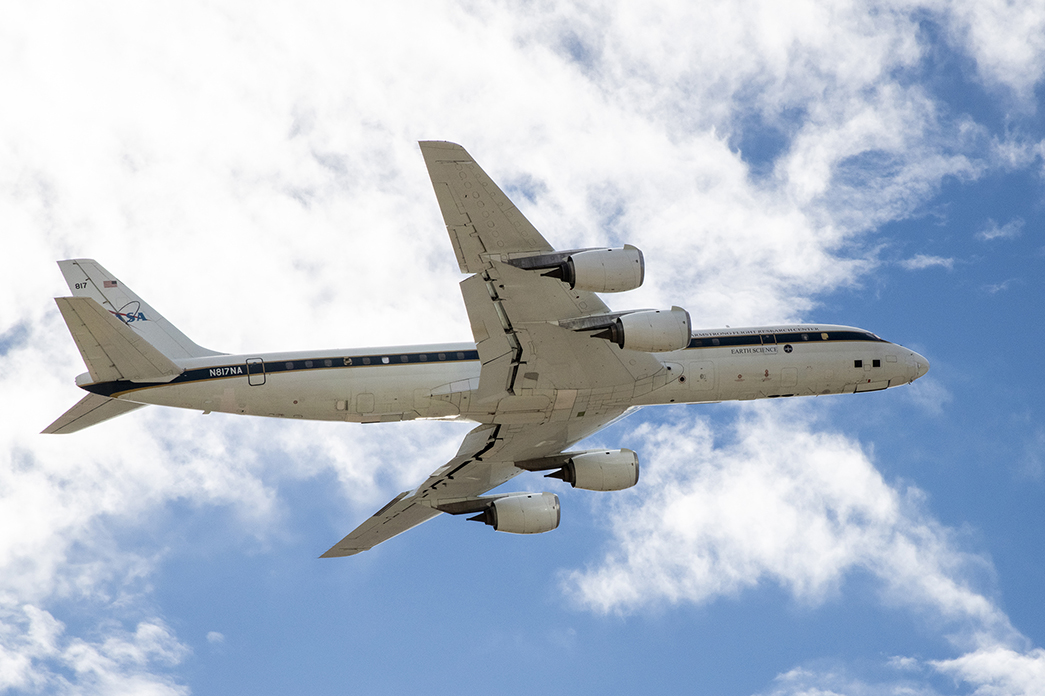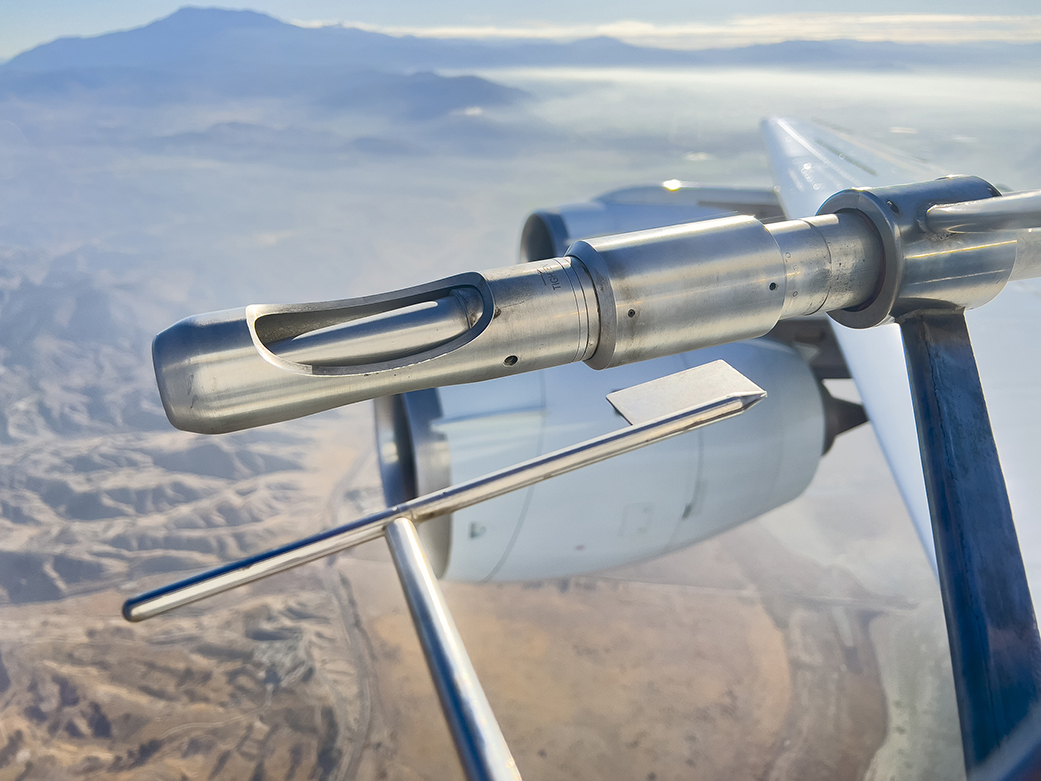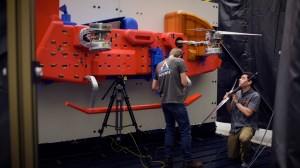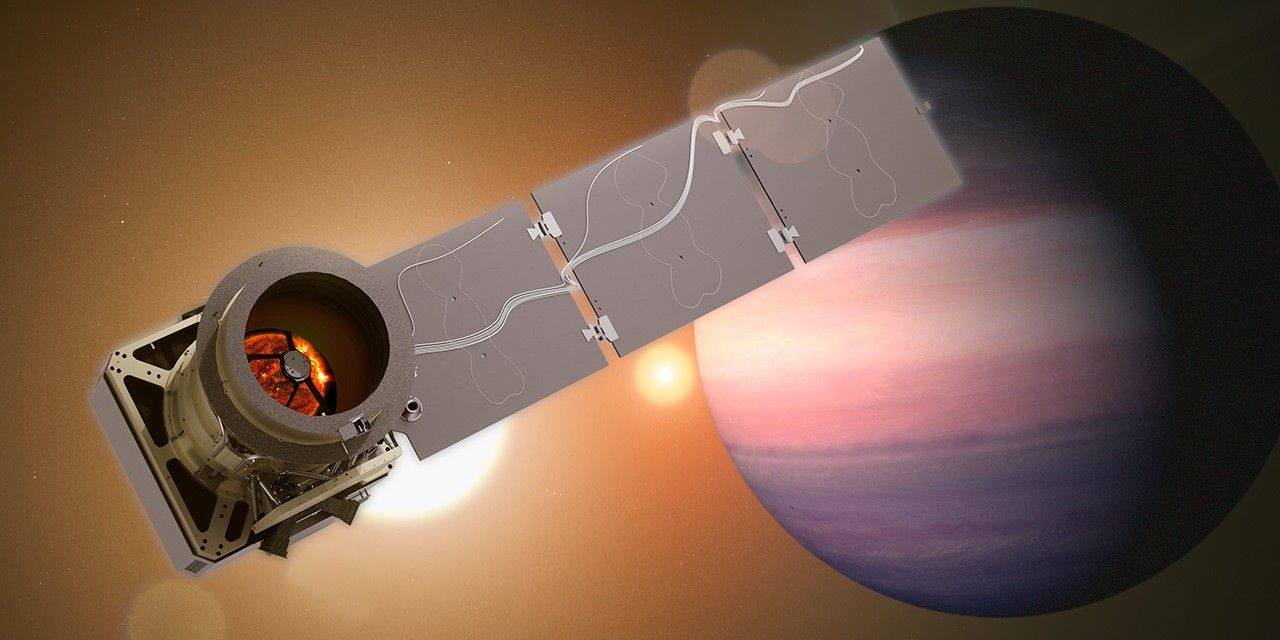After a year delay due to the COVID-19 pandemic, 53 students flew on NASA’s DC-8 as part of NASA’s Student Airborne Research Project (SARP).
Now in its thirteenth year, SARP offers opportunities to undergraduate students from various universities across the United States who are majoring in sciences, mathematics, and engineering to participate in a NASA research campaign.
NASA’s DC-8 airborne research laboratory flew over California’s Inland Empire, Imperial Valley and San Joaquin Valley to conduct research on air pollution with low-level flights beginning on Dec. 6 out of Armstrong Flight Research Center Building 703.
Participants flying on board were assisting scientists in the operation of instruments that measure air pollution and greenhouse gases to better understand their sources and how they react in the atmosphere. In addition, the scientists and students will be comparing their data to air quality forecasts and satellite observations after the conclusion of flights on Dec. 10.
The Student Airborne Research Project provides students with hands-on research experience in all aspects of a major scientific campaign, from detailed planning on how to achieve mission objectives to formal presentation of results and conclusions to peers and others.
“For many of these students, it is their first time being able to conduct scientific research” says SARP Program Manager, Dr. Brenna Biggs. “SARP is a great opportunity to train the next generation of scientists, especially those who are interested in atmospheric sciences”
Students participating in this year’s program were competitively selected based on their academic performance, future career plans and interest in Earth science. All the SARP participants are fully vaccinated and followed standard COVID-19 protocols. For students interested in participating in SARP 2022, the application is open until January 26, 2022.
SARP is managed by NASA’s Ames Research Center in California’s Silicon Valley through the National Suborbital Research Center at the Bay Area Environmental Research Institute with funding and support from NASA’s Earth Science Division. NASA’s DC-8 is managed and maintained by NASA’s Armstrong Flight Research Center.
Author: Elena Johnson, Public Affairs Specialist, NASA’s Armstrong Flight Research Center




























